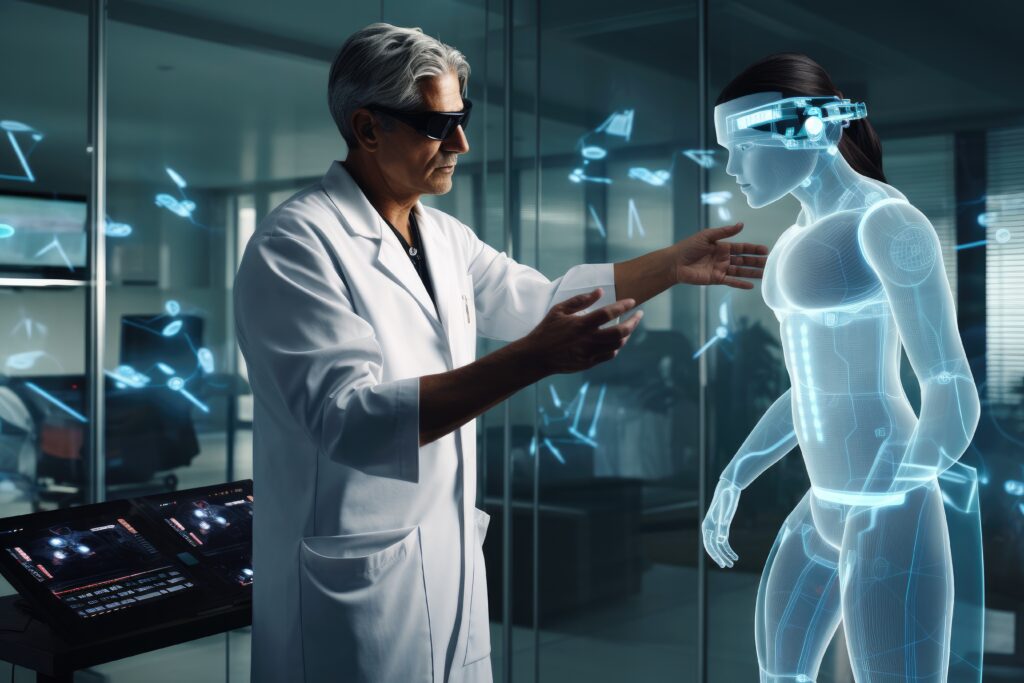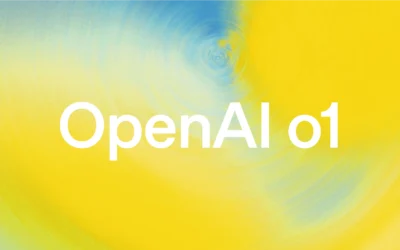The Crucial Role of OpenAI in Revolutionizing the Healthcare Sector

The integration of artificial intelligence (AI) into the healthcare sector has been transformative, and OpenAI stands at the forefront of this revolution. By leveraging advanced AI models and technologies, OpenAI is significantly enhancing various aspects of healthcare, from diagnostics and personalized treatment to operational efficiency and patient engagement. This blog explores the multifaceted role of OpenAI in healthcare, supported by in-depth research and compelling statistics.
1. Enhancing Diagnostic Accuracy
One of the most impactful contributions of OpenAI in healthcare is its role in improving diagnostic accuracy. AI models, particularly those developed by OpenAI, can analyze medical images with remarkable precision, assisting radiologists in identifying diseases such as cancer, tuberculosis, and brain disorders.
- Statistical Insight: According to a 2023 study published in Nature Medicine, AI algorithms, including those from OpenAI, achieved a diagnostic accuracy of 95% in detecting lung cancer from CT scans, compared to 87% accuracy by human radiologists.
- Example: OpenAI’s models are capable of analyzing radiology images and providing diagnostic support with a high level of accuracy, which reduces the risk of missed diagnoses and improves early detection.
2. Personalized Treatment Plans
OpenAI’s AI technologies contribute to creating personalized treatment plans by analyzing vast amounts of patient data, including genetic information, medical history, and lifestyle factors. This personalization helps in tailoring treatment strategies to individual patients, improving outcomes and minimizing adverse effects.
- Statistical Insight: A study by JAMA Network Open in 2022 highlighted that AI-driven personalized treatment plans improved patient outcomes by 20% in chronic disease management, such as diabetes and cardiovascular conditions.
- Example: OpenAI’s machine learning models can predict patient responses to various treatments by analyzing historical data, enabling healthcare providers to offer more effective and customized therapies.
3. Streamlining Administrative Processes
The administrative side of healthcare can be complex and time-consuming. OpenAI’s natural language processing (NLP) models are instrumental in streamlining administrative tasks such as patient scheduling, documentation, and claims processing.
- Statistical Insight: Research from McKinsey & Company in 2023 shows that AI-driven automation in healthcare administration has the potential to reduce operational costs by 30% and administrative workload by 50%.
- Example: OpenAI’s NLP models can automate routine tasks like transcription of patient notes and extraction of key information from medical records, thereby freeing up valuable time for healthcare professionals.
4. Improving Patient Engagement
AI-powered chatbots and virtual assistants developed by OpenAI are enhancing patient engagement by providing instant responses to queries, offering health advice, and facilitating telemedicine consultations.
- Statistical Insight: According to a report from Gartner, healthcare organizations that implemented AI-driven patient engagement tools saw a 25% increase in patient satisfaction and a 15% improvement in appointment adherence rates.
- Example: OpenAI’s conversational AI models can handle a wide range of patient interactions, from answering questions about medications to providing reminders for follow-up appointments, thus enhancing overall patient experience.
5. Advancing Drug Discovery and Development
The drug discovery process is traditionally lengthy and expensive. OpenAI’s advanced algorithms are accelerating this process by predicting potential drug candidates and analyzing their efficacy.
- Statistical Insight: Pharmaceutical Research & Development reports that AI-driven drug discovery has reduced the time to identify viable drug candidates by approximately 40% and costs by up to 50%.
- Example: OpenAI’s AI models can analyze vast datasets to identify novel drug compounds and predict their interactions with biological targets, expediting the development of new treatments.
6. Facilitating Remote Monitoring and Telehealth
The rise of telehealth and remote monitoring has been significantly boosted by AI technologies. OpenAI’s AI solutions enable continuous monitoring of patient health metrics and facilitate remote consultations, especially valuable in underserved areas.
- Statistical Insight: The Telemedicine and e-Health Journal reports that AI-driven remote monitoring systems have improved chronic disease management outcomes by 30% and reduced hospital readmissions by 20%.
- Example: OpenAI’s AI tools can analyze data from wearable devices to track patient health in real-time, alerting healthcare providers to any concerning changes and enabling timely interventions.
Conclusion
OpenAI’s advancements in artificial intelligence are profoundly shaping the future of healthcare. From enhancing diagnostic accuracy and personalizing treatment to streamlining administrative tasks and advancing drug discovery, OpenAI is driving significant improvements across the sector. As the healthcare industry continues to embrace digital transformation, the role of AI, particularly OpenAI’s innovative solutions, will be crucial in achieving better patient outcomes, reducing costs, and improving overall efficiency. The future of healthcare is bright, with OpenAI leading the way in harnessing the power of artificial intelligence to revolutionize patient care and operational excellence.






